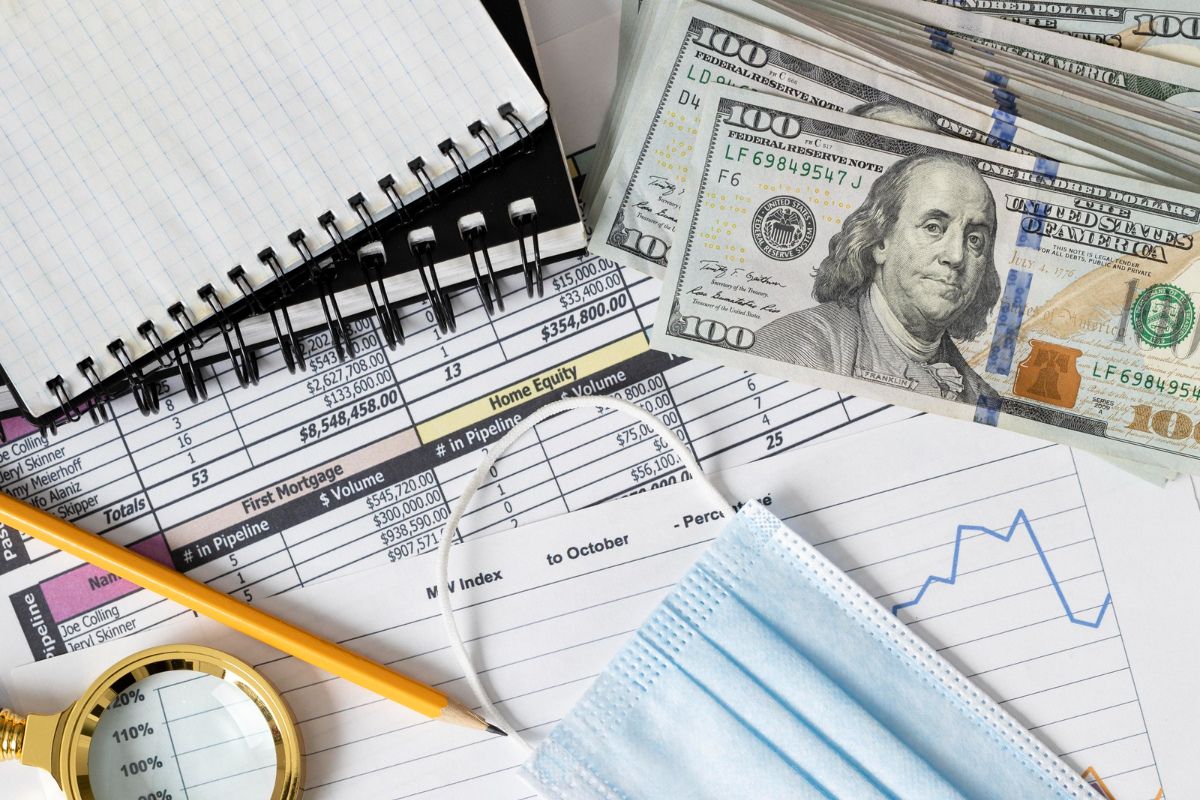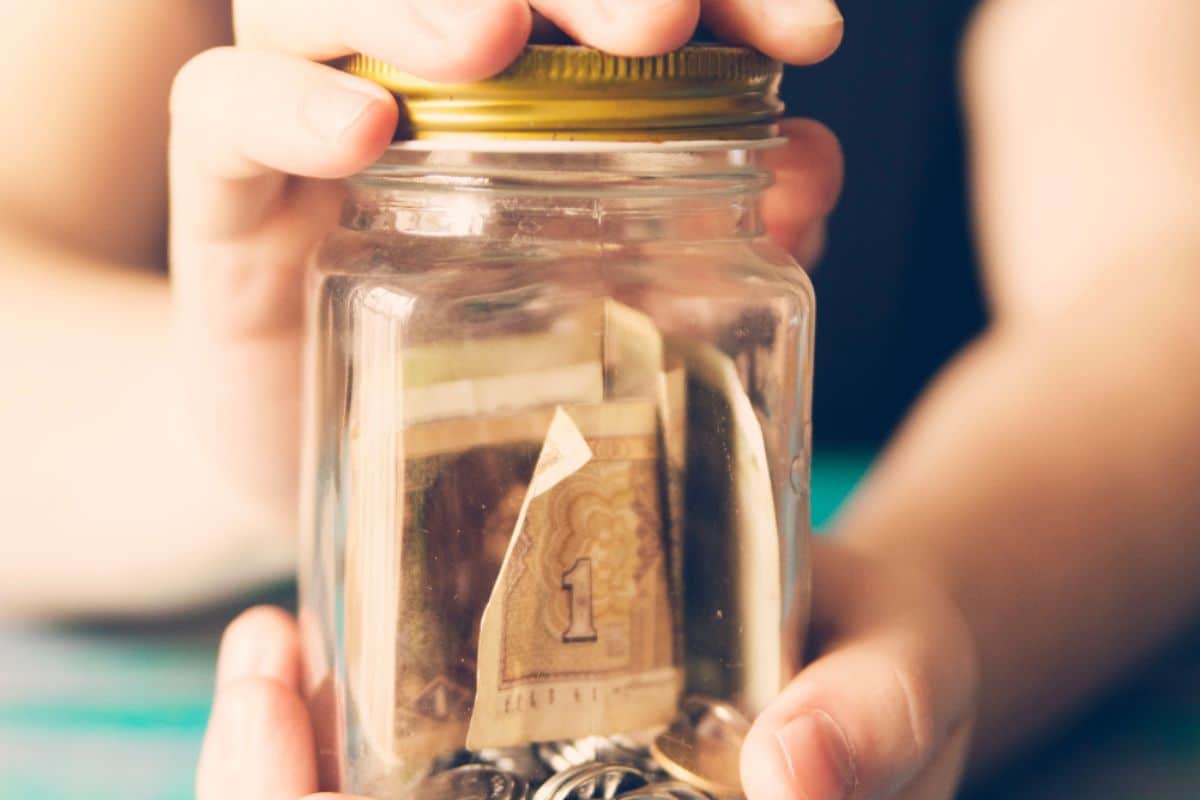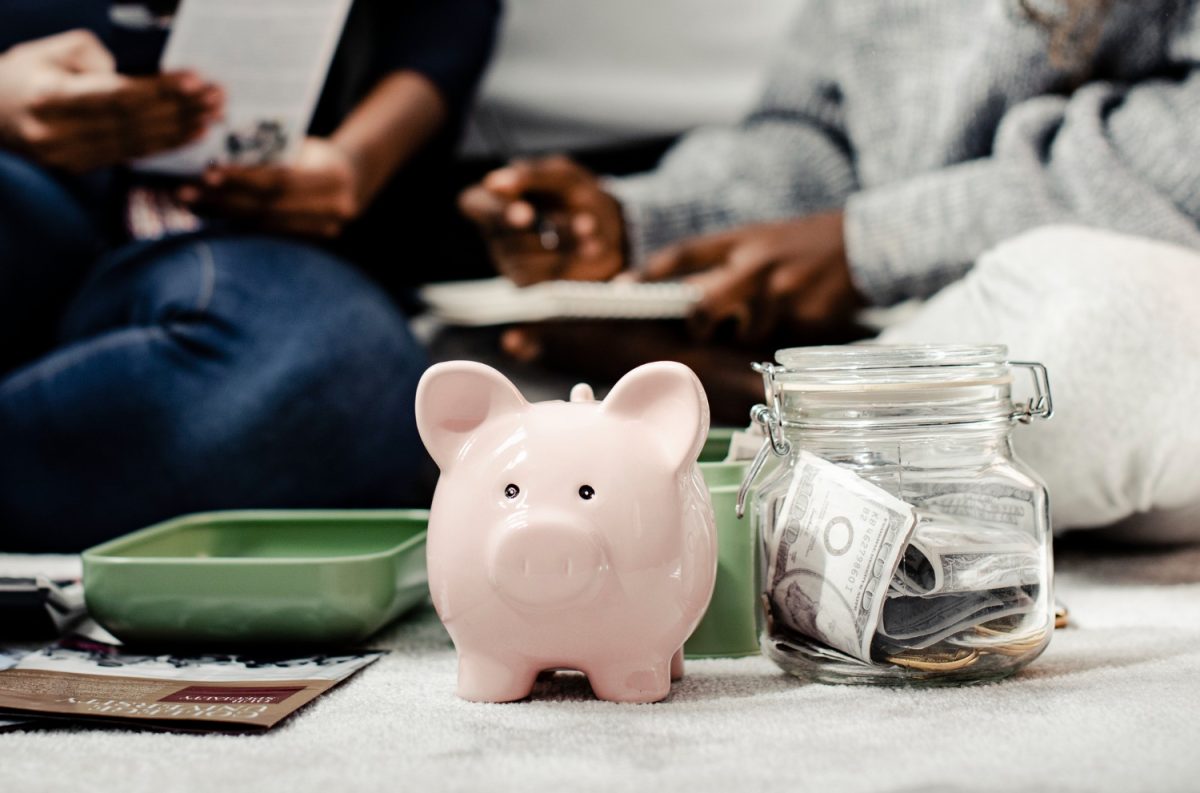How to Create an Emergency Fund: Step-by-Step Guide
Life is full of surprises, not always good ones. Unexpected events such as job loss, health issues, or even a broken-down car can generate stress and compromise financial health.
But with an emergency fund, you’ll be prepared to deal with these situations without jeopardizing your dreams and goals.
In this article, you’ll find a complete and detailed guide to creating your own emergency fund, from defining the ideal amount to choosing the best investment for your money.
What is an emergency fund, anyway?

An emergency fund is a financial reserve that you set aside to deal with unexpected situations that may arise in your life.
It’s a financial cushion to protect you and your family from unforeseen circumstances and provide peace of mind to handle life’s challenges.
The emergency fund functions as a specific savings for emergencies.
You set an amount to contribute monthly and keep this money in a safe and accessible investment.
The ideal amount depends on your lifestyle and financial responsibilities.
A good rule of thumb is to have the equivalent of six months of your essential expenses.
Understanding the importance of the resource
The importance of the Emergency Fund is multifaceted and encompasses various crucial aspects for financial and emotional stability.
First, it provides vital protection against unforeseen events that can significantly impact our lives.
Whether facing job loss, it provides financial support during the search for a new position, in cases of health problems, it covers medical expenses not covered by health insurance.
Or perhaps facing a broken-down car, it enables repairs without the need to incur debts. And there are household emergencies, where it enables urgent repairs in the residence.
Furthermore, establishing an Emergency Fund contributes to promoting tranquility and emotional security.
By reducing stress and anxiety in difficult times, it provides the ability to make decisions clearly and rationally.
The freedom to face problems without constant worry about financial matters is an invaluable benefit, providing a sense of emotional stability.
In the realm of financial planning, the Emergency Fund emerges as a fundamental pillar.
Its presence not only provides security in facing unforeseen events but also contributes to achieving financial goals with greater security.
Enabling more effective control of finances, it plays a crucial role in building a financially healthy future.
Finally, we cannot ignore the emotional benefits associated with this fund.
The reduction of fear of the future and financial insecurity promotes increased self-esteem and self-confidence.
By providing a state of mental well-being, the Emergency Fund contributes significantly to improving the quality of life.
Thus, its importance transcends the financial sphere, extending to the positive impact it has on emotional balance and personal security.
How much do I need to save in the emergency fund?
The ideal amount for your emergency fund depends on several factors, such as your fixed expenses, how many dependents you have (spouse, children, etc.), and whether or not you have debts to be paid.
Another important issue is regarding your job. If you have a stable, secure job, your emergency fund may be a bit smaller.
For those who are self-employed, it’s interesting to have a larger fund.
A good rule of thumb is to have the equivalent of three to six months of your essential expenses in your emergency fund.
If you feel more secure, you can have an emergency fund equivalent to 12 months of your essential expenses.

Where should I keep the money?
When choosing where to keep your emergency fund money, it’s important to consider what type of account you will have it created in.
To start, the money needs to be in a safe place protected against losses.
Opt for reliable and regulated banking institutions. It’s ideal that your money is in an account separate from the one you already use daily, allowing you to separate the fund from your debts.
Additionally, you need to have quick access to the money in case of an emergency.
Choose investments with high liquidity, which can be redeemed at any time.
It’s also important that the money earns something, even if it’s a small amount. And you should choose an account that doesn’t have fees to pay.
How to create an emergency fund
Now that you understand the importance of an emergency fund, here’s how you should proceed to set up your fund and ensure that you can have money saved for emergency situations:
Open your account
The first step in creating an emergency fund is to open a specific account for this purpose.
This account can be at a traditional bank, a digital institution, or even a brokerage firm.
The important thing is that it’s a separate account from your daily life, making it easier to control and monitor your contributions.
Define your goal
To succeed in creating your emergency fund, it’s essential to set a clear and realistic goal.
Start by calculating the ideal amount for you, considering your essential expenses and lifestyle.
A good rule of thumb is to have the equivalent of six months of your basic expenses to maintain financial security.
Start saving realistic amounts
You don’t need to have large sums to start. Begin with amounts that you can commit to contributing monthly, even if they are small.
Consistency is the key to success, even with smaller amounts than you would like.
Cut expenses
To increase your savings capacity, conduct a thorough analysis of your expenses and identify areas where you can cut unnecessary expenses.
This way, besides saving, you ensure extra money to use in your emergency fund.

Automate the process
To further facilitate the savings process, set up an automatic transfer from your current account to your emergency fund account.
This way, you don’t have to worry about manually transferring money every month, and you know that the money will go into your reserve.
Monitor your progress
Keep a close eye on the growth of your fund. Use online tools or spreadsheets to record your contributions and track your progress.
Additionally, use the app of your chosen account to monitor and be sure of the amounts you already have in reserve.
Always review your goals
Periodically review your goals and assess whether the ideal amount of your fund still meets your needs and lifestyle.
Make adjustments as necessary, increasing values or correcting the monthly amount you will deposit.
Remember that an emergency fund is essential to ensure your safety and peace of mind in unexpected moments.
With discipline and planning, you’ll be ready to face any surprises life presents.
Did you like the tips? See more on our page!